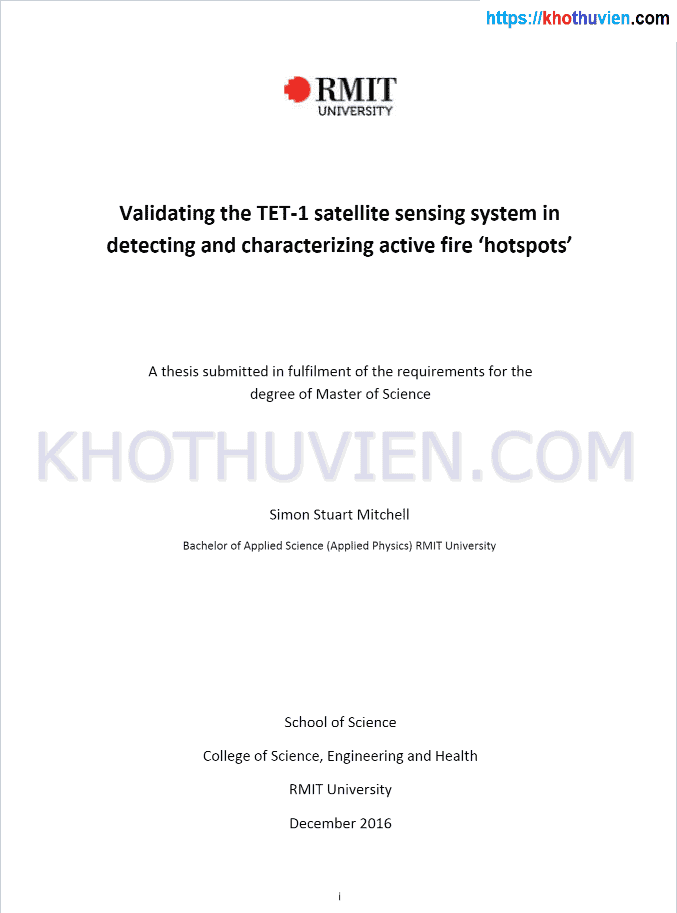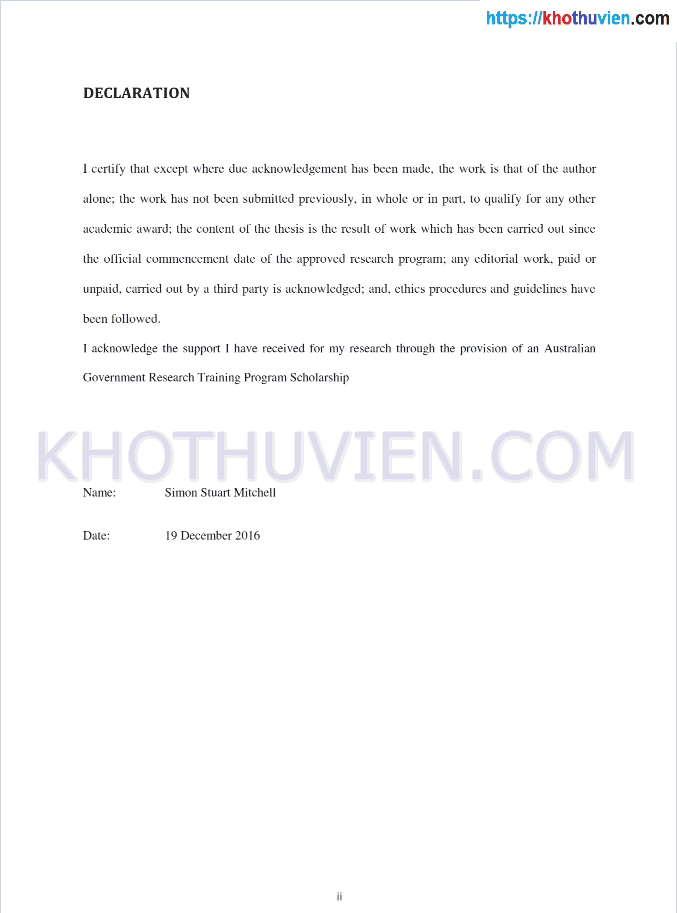Masters thesis of science validating the tet 1 satellite sensing system in detecting and characterizing active fire ‘hotspots’
➤ Gửi thông báo lỗi ⚠️ Báo cáo tài liệu vi phạm


Nội dung chi tiết: Masters thesis of science validating the tet 1 satellite sensing system in detecting and characterizing active fire ‘hotspots’
